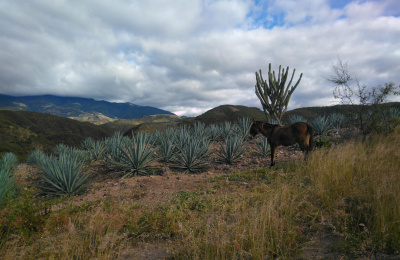From its headquarters in the small seaside town of Sidmouth, Devon, The Donkey Sanctuary has developed ground breaking methods of tracking and understanding the lives of working donkeys all over the world.
Working donkeys play a vital role in sustaining the livelihoods of families and even whole communities around the world. The brick kiln industry is centred on the work of equines, and often sees donkeys and mules working in gruelling conditions. Thanks to The Donkey Sanctuary’s work with cutting-edge geospatial and satellite tracking technologies, however, these working animals are now able to be understood on an unprecedented scale.
The Equid Assessment Research and Scoping (EARS) tool, developed by The Donkey Sanctuary, is being used to gather data on working donkeys from areas with limited access to resources, including brick kilns in Nepal and India. From Spring 2019 alone, our partners Animal Nepal have been able to use the new technology to collect over 1300 animal welfare assessments from its national brick kilns.
Dr Joe Ryding, Head of Data and Statistics at The Donkey Sanctuary, says: “What excites me most about the EARS tool is the ability to get data in the hands of everyone working to improve the life of donkeys.”
There are more than 142,000 brick kilns in India and Nepal alone, and visiting each of these in order to conduct welfare assessments would be an impossible task. Using GPS technology combined with POLAR trackers (which record data from individual donkeys such as heart rate), The Donkey Sanctuary is able to effectively and objectively identify welfare ‘hotspots’.
By combining the EARS tool and POLAR trackers, we can make observations on a scale larger than any other approach to monitoring working equids that has been before. From establishing the length of a donkey’s working day and breaks to recording how high a donkey’s heart rate goes during work, the impact of using these technologies will enable The Donkey Sanctuary to intervene in areas that donkeys and mules face the greatest welfare challenges.
Not only does this technology enable us to track working donkeys and mules themselves, but when applied with other forms of human and environmental data tracking it opens up our ability to understand how working donkeys engage with their environment.
Digital terrain mapping, for example, allows us to see how high donkeys must climb as part of their work, while web mapping can give an insight into the proximity of local equine service providers, like farriers, to donkeys and mules working in the hardest conditions.
Dr Joe Ryding is positive that The Donkey Sanctuary’s use of EARS and POLAR tracking technology will be crucial to changing the lives of donkeys and mules working in brick kilns:
“Geospatial and other technology, along with 50 years of donkey and mule expertise, has enabled The Donkey Sanctuary and its partners to develop interventions with a lasting impact on the lives of equines globally.”
Although we are at the beginning of our journey with these new and exciting technologies, The Donkey Sanctuary is staying true to its founder Dr Elizabeth Svendsen’s aim to reach every donkey in need across the world.





